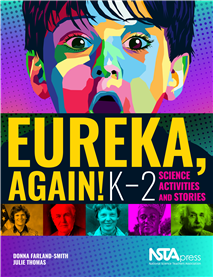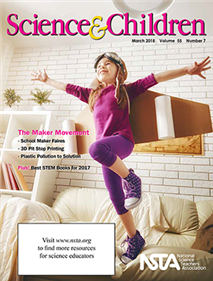All Physics resources
Blog Post
A Physics Teaching Approach That Supports Real-World Science by Matt Holsten
Traditional physics education can leave many students confused, bored, or without the conceptual understanding of the equations they are required to memorize. I prefer an approach that allows students to use evidence to express, clarify, and justify ...
By Cindy Workosky
Book Chapter
Scientists and Engineers Are INSPIRING
In this lesson, students learn that scientists and engineers are inspiring. They read about Thomas Edison in the book Timeless Thomas: How Thomas Edison Changed Our Lives, by Gene Barretta. After reading, students will observe vibrations and provide ...
NSTA Press Book
Problem-Based Learning in the Physical Science Classroom, K-12
Problem-Based Learning in the Physical Science Classroom, K–12 will help your students truly understand concepts such as motion, energy, and magnetism in true-to-life contexts. The book offers a comprehensive description of why, how, and when to im...
By Tom J. McConnell, Joyce Parker, Janet Eberhardt
Journal Article
Second graders turn knowledge into action as they engineer solutions for a real-world problem in a school makerspace....
Journal Article
Formative Assessment Probes: Uncovering “Maker” Ideas About Sound
This column focuses on promoting learning through assessment. This issue discusses the Making Sound probe....






